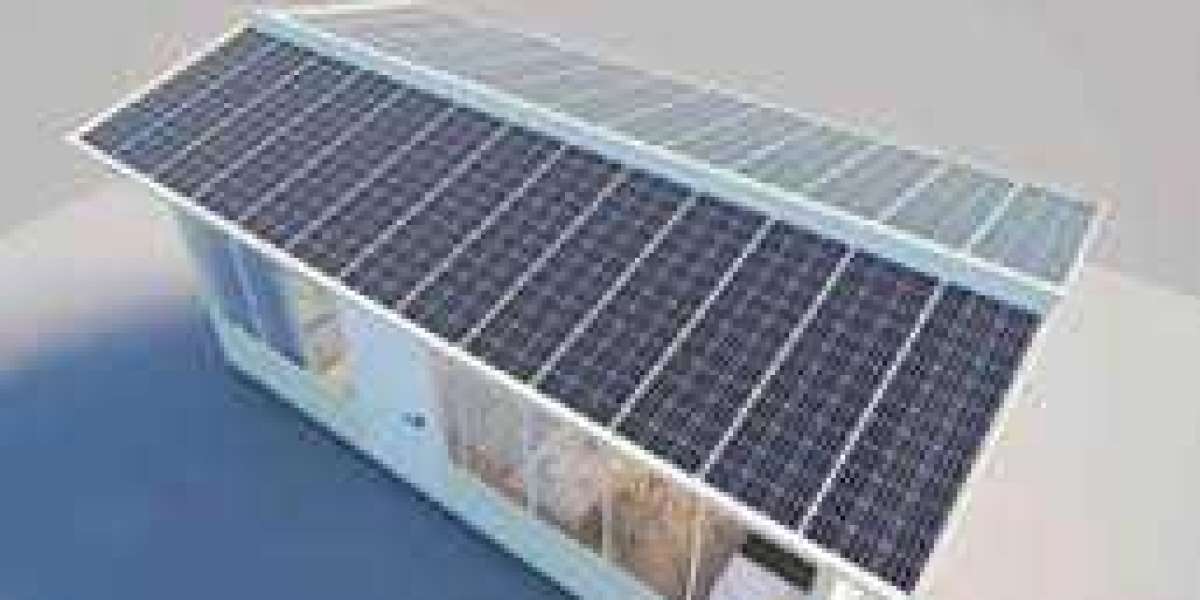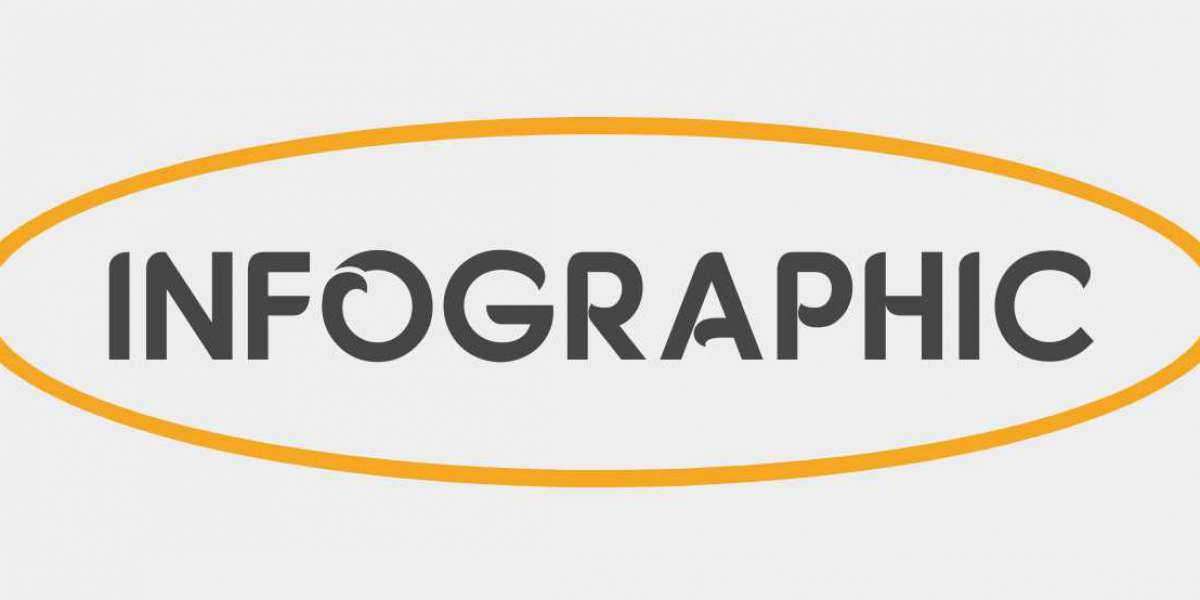Replacing the roofs of all houses with small solar panels and using the sun's energy to charge them is definitely an environmentally friendly and sustainable approach. However, in order to fully answer this question, several aspects need to be considered:
Cost: The initial cost of using solar panels is still high, so it's not an easy price to pay for some people. In addition, without effective government subsidies or other incentives, pure energy technologies may remain unable to compete with traditional forms of energy, resulting in inadequate market demand.
Square footage needed: The number of solar panels a home needs depends on its energy consumption. The amount of electricity needed to charge a large home or an additional electric car can be enormous, and rooftop solar panels need enough space to ensure enough energy is generated. But roof space is not always big enough, especially in big cities, where more houses are apartments or shared homes, meaning solar panels also need to be built in some shared space or common area.
Suitability issue: Not all houses are suitable for solar panel installation. For example, the roofs of some houses are shaded or facing the wrong way, so they cannot absorb the sun's energy efficiently. The use of solar panels in these houses may not be very effective.
Storage issues: Solar panels present transmission and storage challenges, especially during the rainy season, at night, or on cloudy days, when the panels may not provide enough energy. Therefore, in addition to solar panels, net energy requires efficient battery storage technology to support current and future energy needs.
Energy conversion problem: When solar panels produce energy, you need to use the Inverter (Inverter) to convert direct current (DC) to alternating current (AC) to meet the needs of home users. This conversion process itself needs to consume electricity, and there is a certain loss, can not fully guarantee 100% effective use of solar power generation; In addition, if the energy source is from a source other than direct sunlight, such as wind or water, the cost and inverters add complexity and cost to the energy conversion.
Safety concerns: These rooftop solar panels need to be ensured that they can operate safely and are not harmful to weather and disasters. How to prevent roof-mounted solar panels from getting covered in things like dust, rain or birds is also an important issue.
Payback time issue: The payback cycle for solar panel installations typically takes several years. In many countries, governments are encouraging the adoption of sustainable energy through financial incentives, subsidies and other measures, but the cost of solar panels remains unaffordable for some households.
To sum up, although it is desirable to replace the roofs of all houses with solar panels and use solar energy to charge them, the pros and cons of all aspects need to be carefully weighed before implementation, and mature technology and policy means need to promote the process, which is why not all solar panels are installed on roofs.








